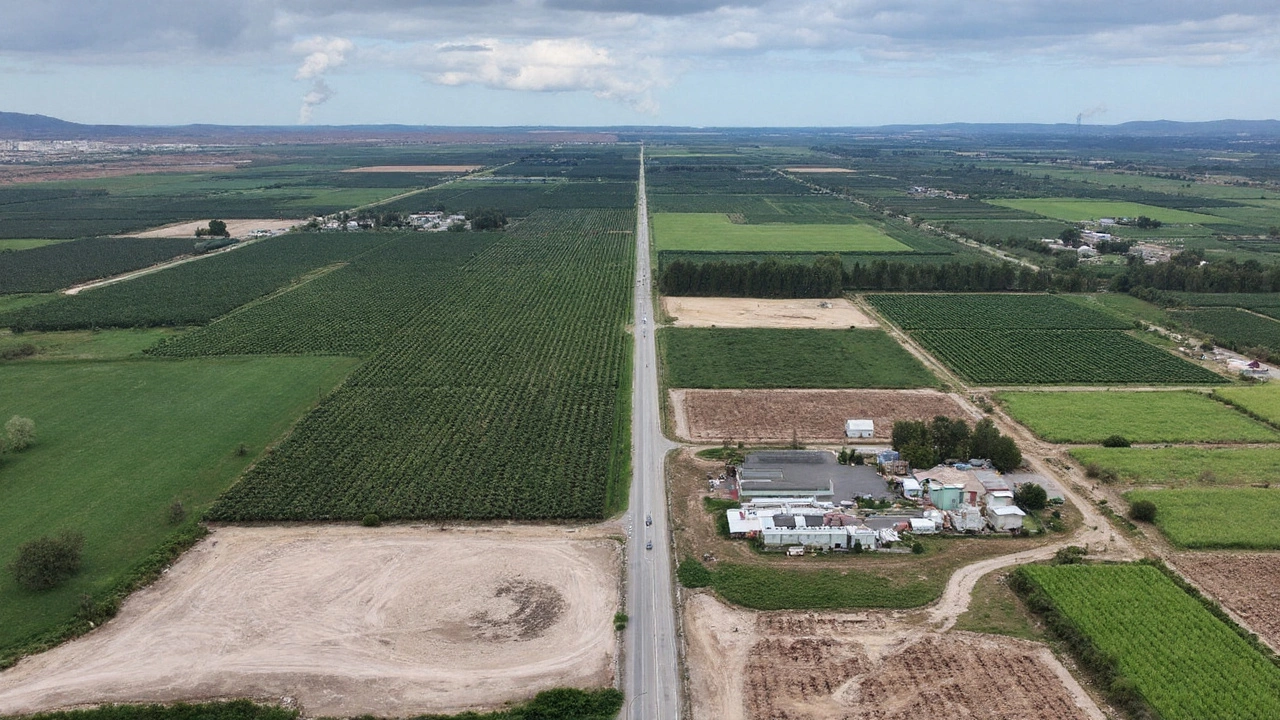South American Energy: What’s Changing Now?
When you think of South America, you might picture soccer stadiums or rainforests, but the biggest story today is the electricity flowing through the region. Countries are swapping coal and oil for wind, solar, and hydro, and that shift is reshaping jobs, budgets, and the climate.
Why the rush? Cheap solar panels, stronger wind maps, and tighter emission rules are making clean power cheaper than the old fossil fuels in many places. That means governments, utilities, and even small investors are jumping on board.
Renewable surge across the Andes
Brazil leads the pack with a massive hydro network that already supplies most of its power. In the last five years, Brazil added over 10 gigawatts of wind farms along the coast, where breezes are constant. Those turbines are now feeding the same grid that once relied on diesel generators in remote towns.
Chile is another standout. The Atacama Desert gets more sunshine than anywhere on Earth, so the country has built huge solar farms that can power entire cities. A 246‑megawatt plant near Antofagasta now sells electricity at prices lower than the cost of coal.
Colombia is turning its mountainous terrain into wind corridors. Projects in La Guajira are feeding both the national grid and export deals with neighboring nations. The result? Cleaner air for locals and a new source of income for farmers who lease land for turbines.
Challenges and opportunities for investors
Even with these wins, the transition isn’t without bumps. Grid infrastructure in many areas is old and can’t handle the variable output from solar and wind. Upgrading transmission lines requires big capital and political will.
Financing is also a puzzle. Some projects rely on foreign loans, which can be risky if exchange rates swing. However, many international banks now offer green financing with lower interest rates, making it easier for developers to lock in funds.
On the policy side, countries are crafting incentives—tax breaks, feed‑in tariffs, and auction systems—that reward clean energy. Investors who stay tuned to these rules can lock in stable revenue streams.
For everyday readers, the good news is that the shift means lower electricity bills in some regions and more jobs in construction, engineering, and maintenance. It also gives a chance to support local businesses that install rooftop panels or run community wind cooperatives.
In short, South American energy is moving fast toward renewables. The mix of abundant natural resources, falling technology costs, and supportive policies is creating a new energy landscape. Whether you’re an investor, a policymaker, or just someone who flips a switch at home, the changes happening now will shape the continent’s power for decades to come.
Argentina Gas Exports to Brazil Begin via Bolivia, Redrawing South America's Energy Map
Argentina has started sending natural gas to Brazil through Bolivia’s pipeline network, a first for the region. The flow uses gas from Vaca Muerta and marks a sharp turn from Argentina’s past as a net importer. Early daily volumes are 2 million m³, with room to scale under a 30 million m³/day framework. Bolivia shifts to earning transit fees, and Brazil gains a new, competitively priced supply.
Arlan Whitlock | Sep, 10 2025 Read More
